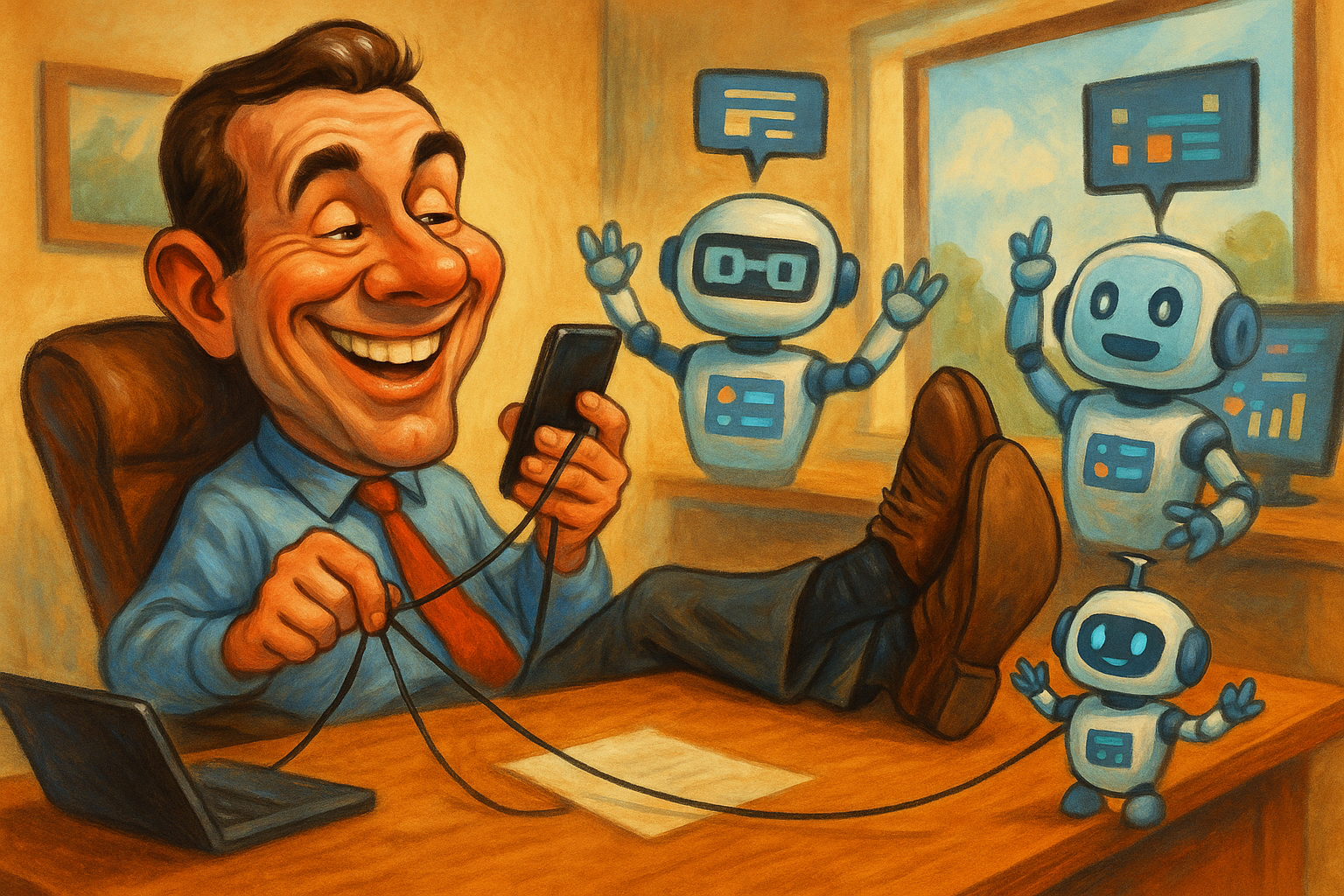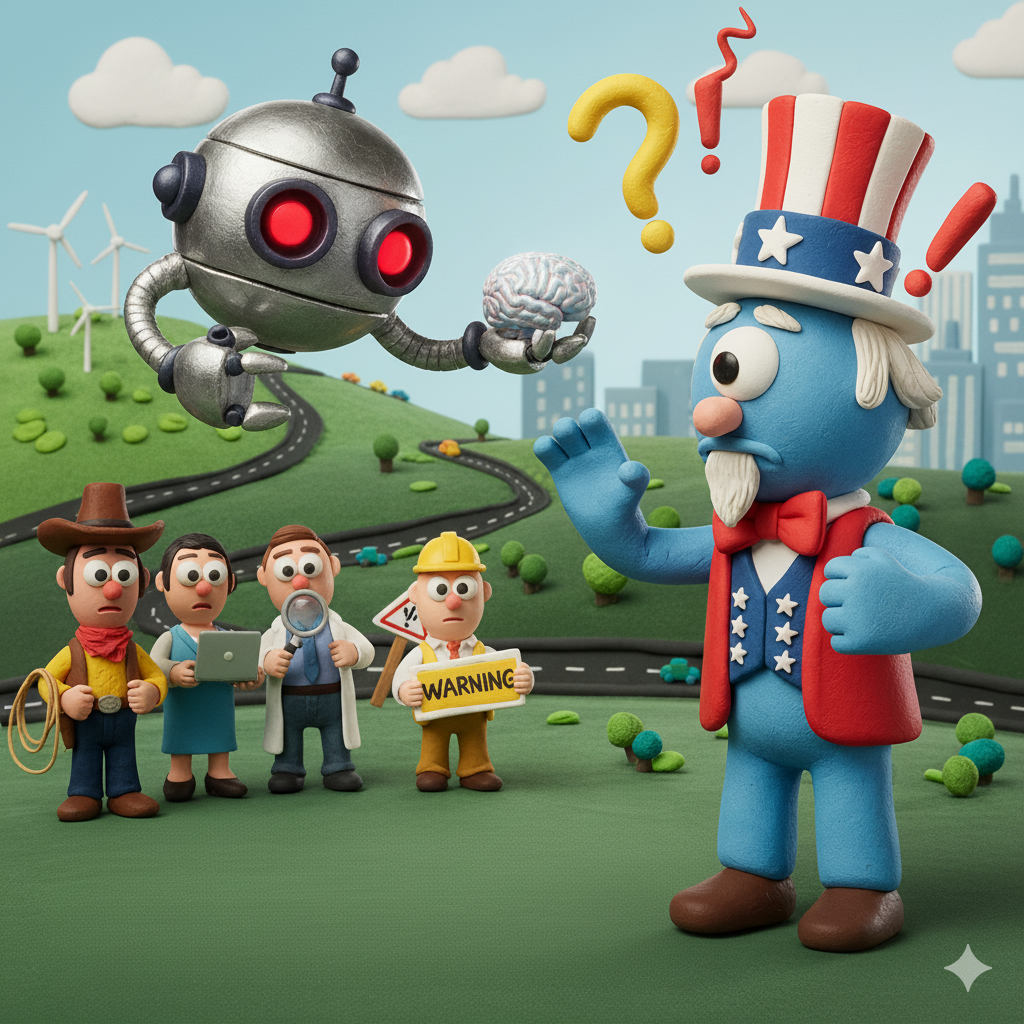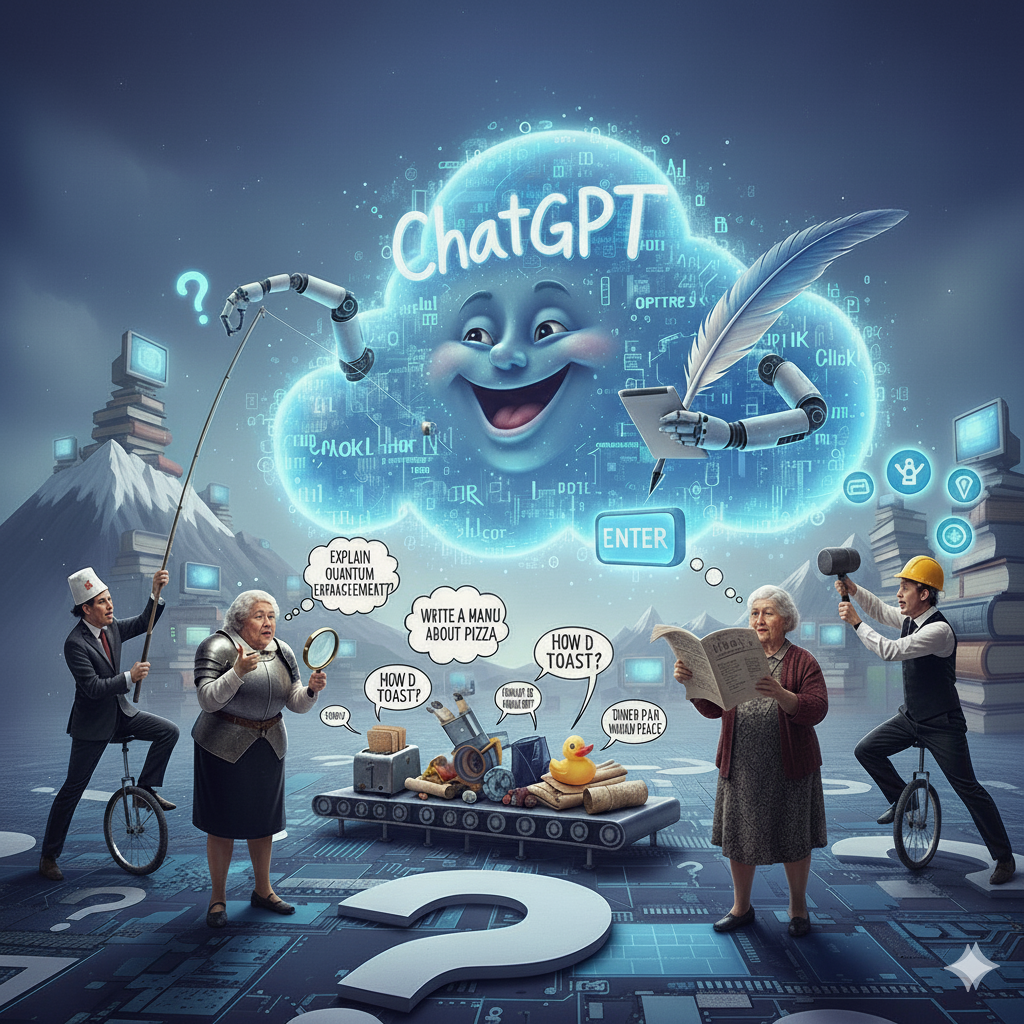The "Golden Prompt" Problem
We’ve all been there. You spend 20 minutes in a chat session, carefully writing and re-writing a prompt until it delivers the world’s best output. If your prompt was a painting it would be the Mona Lisa. You copy the result, close the tab, and that masterpiece of a prompt is lost forever in your mess of historical chat conversations. And searching for an old prompt in your history? What is this, 2023? We have AI for that.
Tokens, Explained without Tylenol
Quick sanity check: we are not talking about the clunky arcade tokens at Chuck E. Cheese. Those tokens buy you a couple rounds of skee ball; our tokens buy AI attention. Tokenization is simply the step where an LLM chops your text into small pieces called tokens so it can convert them into numbers and get to work. Sometimes a token is a whole word, sometimes a chunk of a word, sometimes a single character. Spaces and punctuation often count. A practical rule in English: about four characters per token, roughly three quarters of a word. If you have ever watched a kid vaporize a cup of arcade tokens, you already understand why this matters for cost.
The AI Releases Just Don’t Stop: OpenAI Agent Builder vs Google Gemini Enterprise
AI Update!! AII Update!! Do they ever stop? Among the newest and most impactful updates are OpenAI’s Agent Builder and Google’s Gemini Enterprise. These platforms are changing how teams and individuals build with AI, and I’ve had the chance to try both. Each takes a different approach, but both point to a future where building powerful AI systems doesn’t require a developer badge or a massive tech stack.
This article breaks down what I learned using each tool, how they differ, and why even a small understanding of JSON can take your builds from clunky to clever. We’ll also look at why this moment might mark a major turning point for creative professionals, businesses, and anyone ready to put AI to work.
ChatGPT Apps Are Getting Us Closer to Proper AI Design Help
The bulk of my career has been spent in data science. Very little (almost none) of my career has been spent doing design work. Frankly, it can be a struggle for me to properly match colors….unless it’s for a chart. Well, those days are quickly becoming a distant memory, thanks to the powerful convergence of AI tools. Earlier this week, OpenAI's ChatGPT expanded its capabilities by integrating with various third-party applications, transforming it from a conversational AI into a versatile platform. This move allows users to interact with services like Expedia, Booking.com, Spotify, Zillow, Coursera, and Canva directly within the chat interface. This isn't just about making pretty pictures; it's about a fundamental shift in how we approach creative workflows, boosting productivity, and simplifying design for everyone.This isn't just about creating visuals; it's about a fundamental shift in how AI integrates with every aspect of our creative workflows, boosting productivity, and simplifying design for everyone.
How Much of Workers Work Does ChatGPT Do?
When ChatGPT hit the scene in late 2022, most workers had found a fancy tool that could write their emails for them. Over the past few years, usage has grown exponentially as employees started using it on their own for a much wider variety of tasks. They leaned on it to draft faster, debug code, brainstorm campaigns, and trim research time. Now, more than a quarter of U.S. workers are tapping ChatGPT on the job, and the rate climbs even higher among those with postgraduate degrees.
America on AI: We’re Cautious But Curious
If AI were a new colleague, most Americans would invite it to the meeting, let it take notes, and then keep a close eye on it. Those same folks would most likely distrust the notes that had been taken and then accuse their new AI colleague of destroying everyone's creativity. That is the vibe in Pew Research Center’s September 2025 report, How Americans View AI and Its Impact on People and Society.
Content Licensing in the AI Era
Picture this: An AI assistant just answered your customer’s question using your best article, your product copy, and your FAQs. Helpful for the reader, confusing for the owner of the content. Content licensing is the simple fix. A rights holder gives permission to use their work under clear terms. It's usually for money but sometimes content creators just want the content attributed to them. In the AI era the buyer is often an AI company that wants to train models, cite articles, or answer questions based on your reporting, research, or product pages. The old habit of crawl now, apologize later is being replaced by a new habit. Ask first, pay when appropriate.
How Are People Using ChatGPT?
Wondering if more people use ChatGPT to write their emails or put together a delicious dinner recipe? You can stop wondering! “How People Use ChatGPT” (Chatterji et al., Sept 2025) is the first economics study to analyze internal ChatGPT message data. The research used a privacy‑preserving setup to map real usage at global scale. Think of it as a product‑analytics deep dive for the world’s most popular AI teammate.








